Method could probe whether a key tenet of quantum mechanics applies to gravity, which has so far resisted quantum theory.
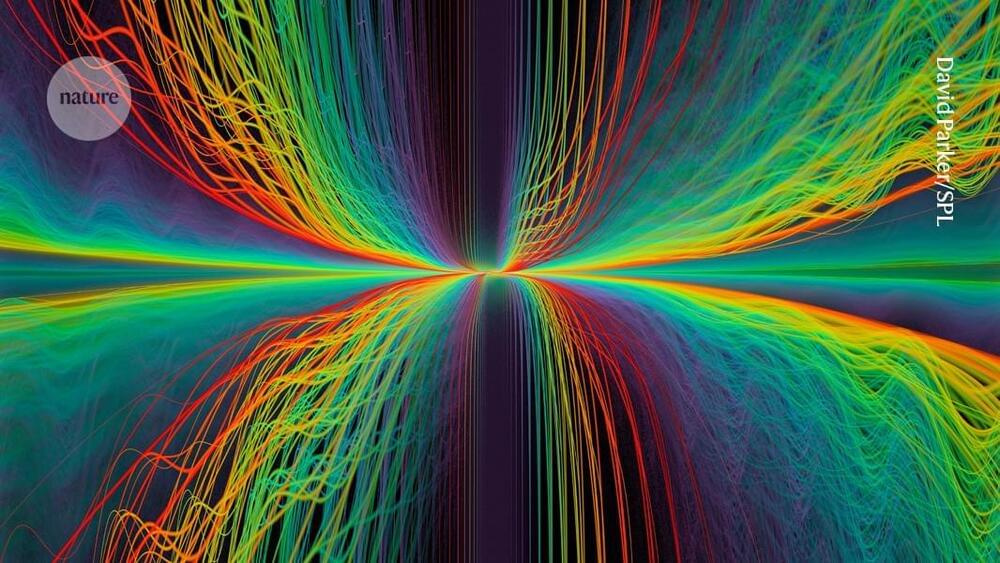



Your Social Security number is essential for finding employment, filing taxes and applying for credit. It can also be a nightmare to recover if thieves get a hold of your SSN and use it to apply for jobs, open accounts in your name and steal your tax refund.
Blocking electronic access to your SSN may feel extreme — it’s certainly inconvenient. But if you’ve been a victim of identity theft or your personal identifiable information was compromised in a recent data breach, like the hacks of Change Healthcare or National Public Data, where hundreds of millions of people were impacted, locking your SSN may protect you from future harm.
Blocking access or “locking” your SSN will make it extremely difficult for an identity thief to use your SSN for malicious actions. This, coupled with a credit freeze, can help stop identity thieves in their tracks.

If you’ve recently scrolled through Instagram, you’ve probably noticed it: users posting AI-generated images of their lives or chuckling over a brutal feed roast by ChatGPT. What started as an innocent prompt – “Ask ChatGPT to draw what your life looks like based on what it knows about you” – has gone viral, inviting friends, followers, and even ChatGPT itself to get a peek into our most personal details. It’s fun, often eerily accurate, and, yes, a little unnerving.
The trend that started it all
A while ago, Instagram’s “Add Yours” sticker spurred the popular trend “Ask ChatGPT to roast your feed in one paragraph.” What followed were thousands of users clamouring to see the AI’s take on their profiles. ChatGPT didn’t disappoint – delivering razor-sharp observations on everything from overused vacation spots to the endless brunch photos and quirky captions, blending humour with a dash of truth. The playful roasting felt oddly familiar, almost like a best friend’s inside joke.
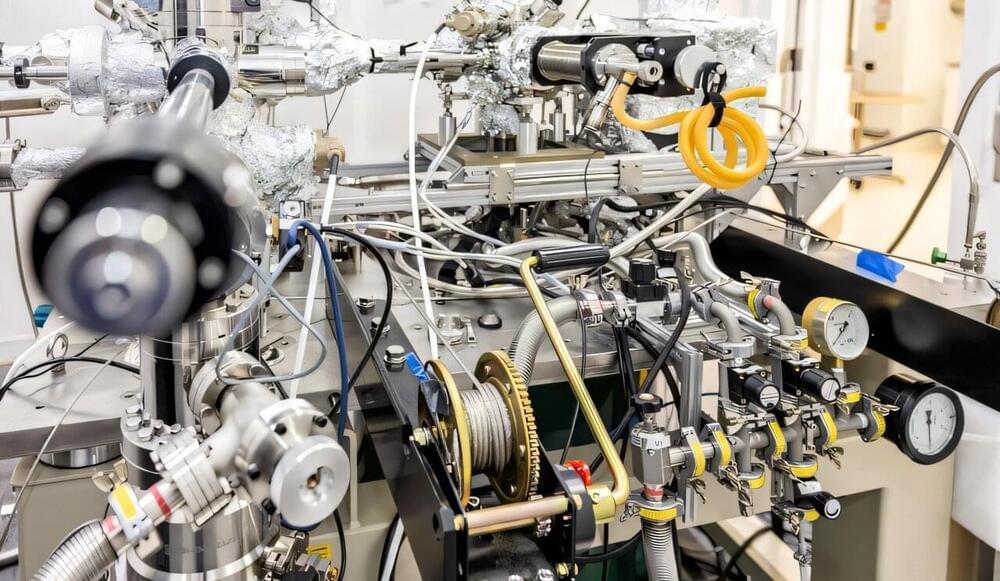
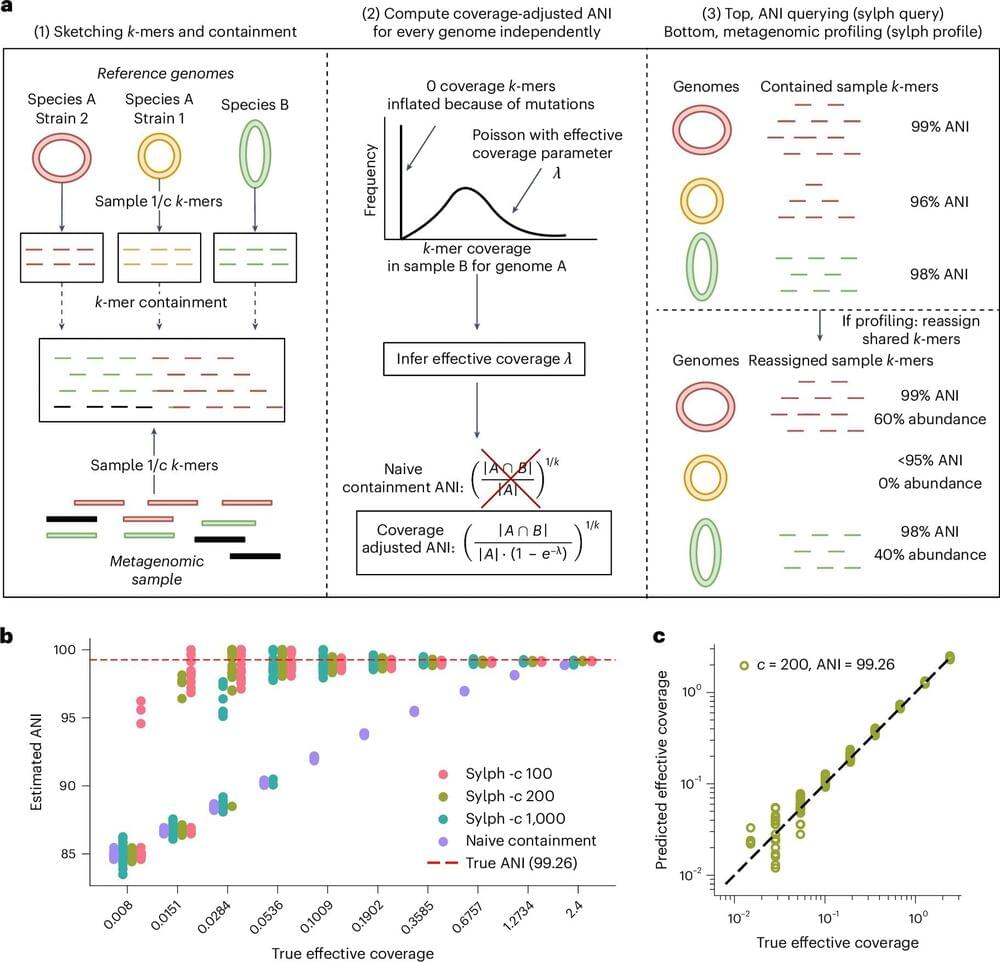

“The last two decades saw software transform nearly every industry, a trend famously captured by venture capitalist Marc Andreessen’s phrase ” software is eating the world.
Software became the backbone of industries like retail, transportation, finance, and entertainment, leading to a world where digital tools and applications are integral to daily life.
Looking forward, many experts believe that artificial intelligence (AI) will play a similarly transformative role over the next 20 years.
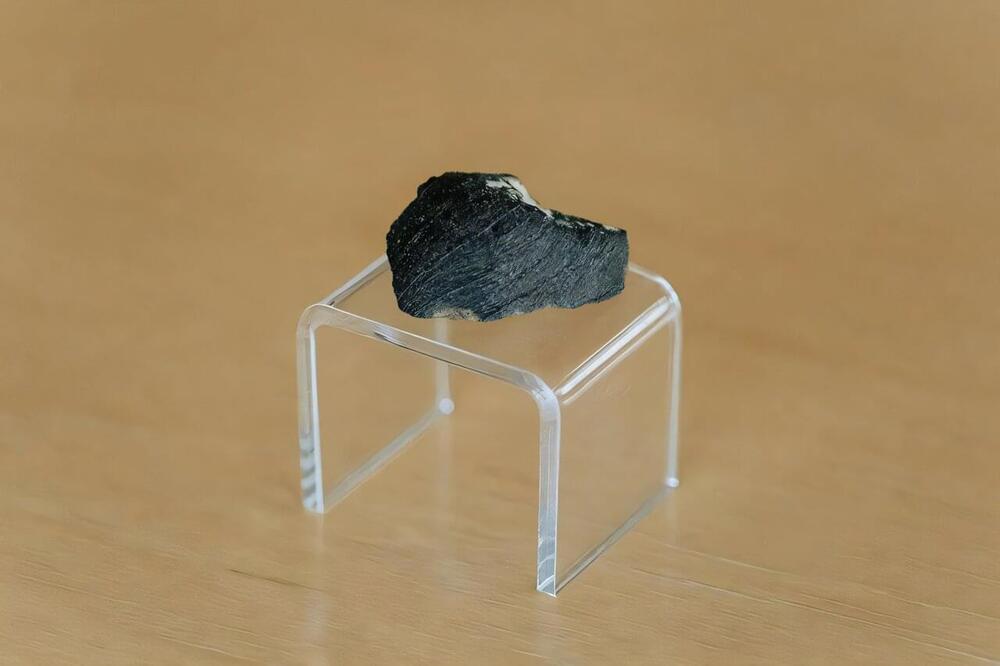
An asteroid struck Mars 11 million years ago and sent pieces of the red planet hurtling through space. One of these chunks of Mars eventually crashed into the Earth somewhere near Purdue University and is one of the few meteorites that can be traced directly to Mars. This meteorite was rediscovered in a drawer at Purdue University in 1931 and named the Lafayette Meteorite.
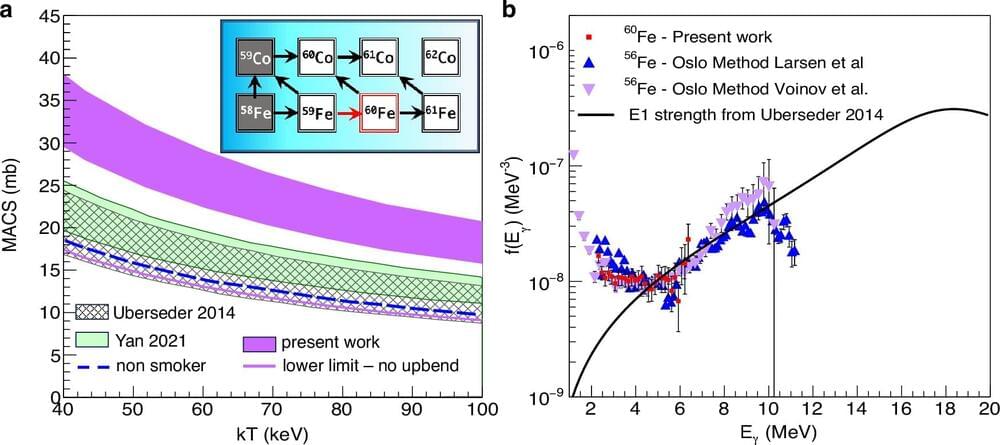
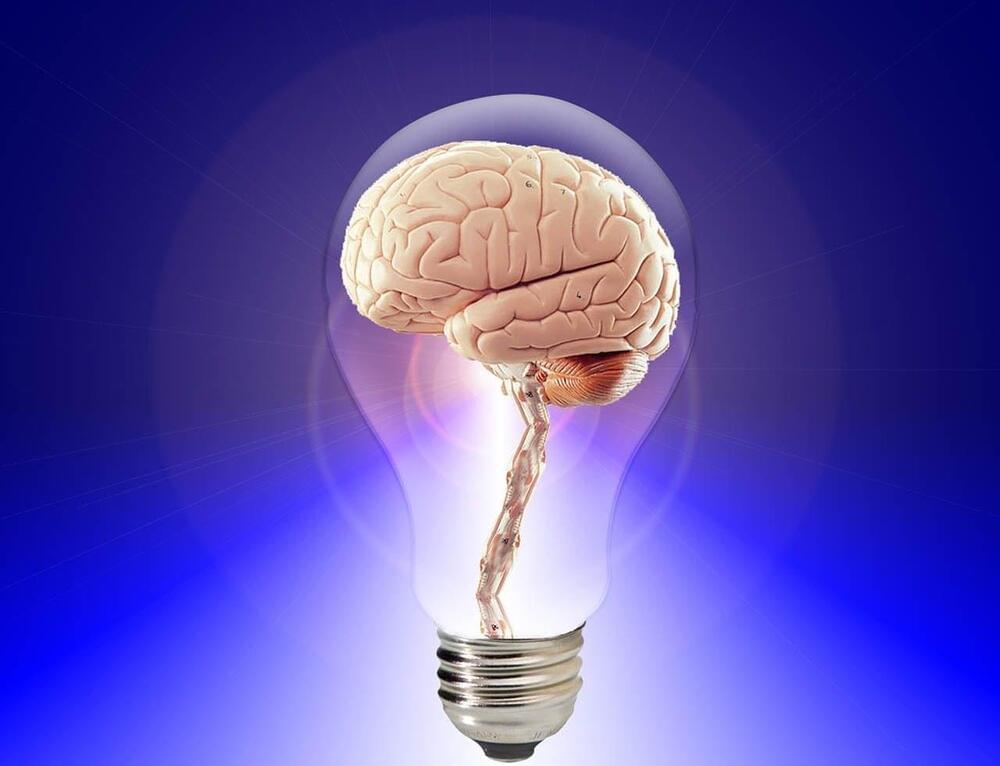
Johns Hopkins University-led researchers, working with the Biomarkers for Older Controls at Risk for Dementia (BIOCARD) cohort, have found that certain factors are linked to faster brain shrinkage and quicker progression from normal thinking abilities to mild cognitive impairment (MCI). People with type 2 diabetes and low levels of specific proteins in their cerebrospinal fluid showed more rapid brain changes and developed MCI sooner than others.
Long-term studies tracking brain changes over many years are rare but valuable. Previous research mostly provided snapshots in time, which can’t show how individual brains change over the years. By following participants for up to 27 years (20-year median), this study offers new insights into how health conditions might speed up brain aging.
In a study, “Acceleration of Brain Atrophy and Progression From Normal Cognition to Mild Cognitive Impairment,” published in JAMA Network Open, researchers used the BIOCARD cohort to examine risk factors associated with the acceleration of brain atrophy and progression from normal cognition to MCI. An Invited Commentary is also available.